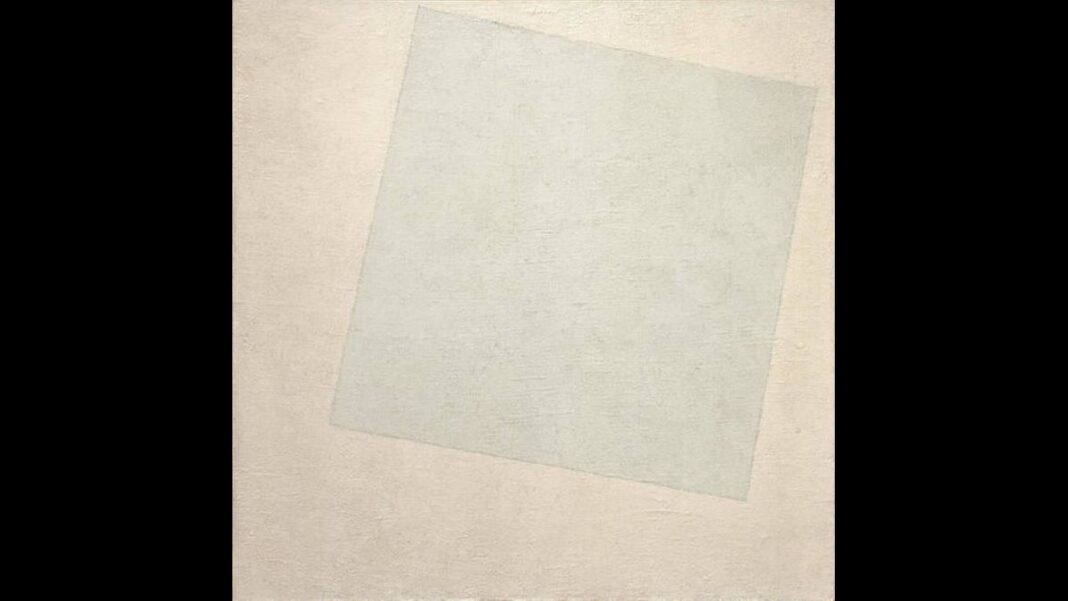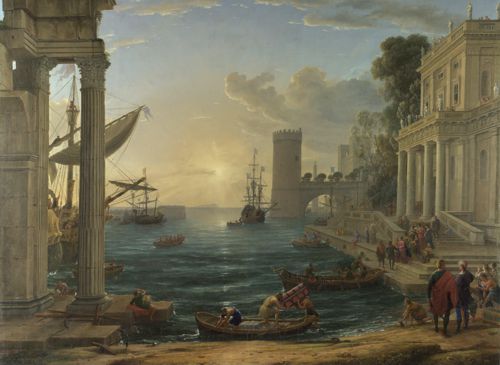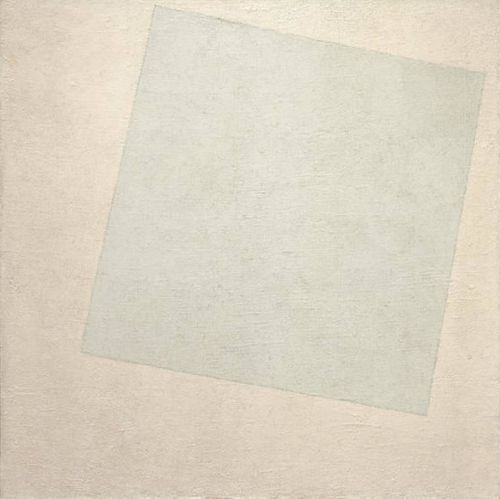Then ours, a friend to man, to whom thou say’st,
“Beauty is truth, truth beauty, —that is all
Ye know on earth, and all ye need to know.”
~ John Keats
Art is something that many people have a strange relationship with. A relationship further estranged by the “broke” or “miserable” artist motif, which says your art will only be recognized long after your demise. That isn’t true and art does not only belong to those people who want to make a living off of it. Who should benefit from art, is it for everyone or only those few whom the muse has chosen?
Merriam-Webster Dictionary defines it as “The conscious use of skill and creative imagination especially in the production of aesthetic objects.” Websters 1828 is even more insightful and defines art as “The disposition or modification of things by human skill, to answer the purpose intended. In this sense art stands opposed to nature.” Here we see that art was originally intended to be skillful and serve a purpose.
Still other stigmas surround art. One is the stigma that it is a feminine pursuit. Poetry, painting, beautiful language these are a woman’s game, and ne’ery a stoic man should pursue them. Mechanics, pipe fitters, masons, these people have no business (nor frankly a desire) to associate with art. Nothing could be further from the truth! If I am right, which I believe to be, then what should our relationship with art be?
The question of what constitutes art, is I believe, the first part of our puzzle. Art has become so subjective. Can anything really be art? The answer to that question is a definitive, no. By definition, art requires skill and intent, with a connotation towards excellence or even mastery. I think an important part of the definition is the phrase “especially in the production of aesthetic objects” meaning it must be beautiful.
Isn’t beauty in the eye of the beholder? To some degree it is, but innately everyone understands what is beautiful. Even then the eye of the beholder concept is usually in regard to aesthetic beauty in humans. A Google-Scholar search of “beauty is in the eye of the beholder” currently generates 81,500+ results, primarily about “mating preferences.”
This raises the question of what is and how do we describe beauty? In other words, is beauty in the eye of the beholder? Well yes, people have preferences naturally, but when it comes to attractiveness, there are attributes universally considered attractive. “Of course, some aspects of attractiveness are pretty universal and may even be coded into our genes,” reported researchers from ScienceDaily. “For example, people tend to prefer faces that are symmetric.” The same articles goes on to quote that 50% of people will agree what is beautiful, and 50% will dissent. I wish to dally on this point just a moment longer. People do know what type of person is attractive, fields of science, such as evolutionary biology, throw their hats in the ring to explain it. Stating that our “primal” brain is wired to recognize what type of person will have the best genes, the best features to pass on to posterity. Even now 50% of the population will agree with what is attractive. I posit that it is not evolution that tells us what is beautiful, instead beauty points to something or someone. We recognize craftsmanship, we recognize skill in expression, in every form that it comes, human or otherwise. These days, people seem not to like what art points to, which has led to this crisis of art.
In my opinion, modern art sucks, I apologize if this offends but that is simply reality. I would contest that I am not in this dissenting 50% of people when it comes to beauty recognition, rather my statement is factual. The question is, why does modern art suck? What happened to beautiful works of artistic expression? The expression “beauty is in the eye of the beholder” is what happened to art. The relativization of everything, has not liberated but corrupted it all. “With art it began with the impressionists’” states artist Robert Florczak. He says that the standards of art have diminished every subsequent year after [impressionists] entered the scene. “Monet’s paintings are fabulous because he still held to the old standards of style and skill. Simply choosing to paint different things, no longer painting mythological tales, or scenes of great historical import” he says. Yet as time went forward standards of what should be painted, and how they should be, went away. We got surrealism and more abstract versions of art. Florczak’s example was a picture of his studio apron, passed off as a Jackson Pollock. Asking his graduate students, why is this painting good they pontificated greatly. After their eloquent responses they were embarrassed to find out what it really was.
This goes to show the ridiculous state of modern art, and the relativistic standards of what is considered art, let alone good art. Let’s do an example of our own. Here is one work of modern art and one work of classical art. I would like to see if you can distinguish beauty between the two: (Click on image for more information about piece.)
It would seem to me that obviously one of these painting is objectively better than the other. One from antiquity, the 1600s (Figure 1), the other from late 1900s (Figure 2), I believe that the accepted definition of art describes only Figure 1.
For many years my grandmother worked at a popular art museum, as a result we often visited the museum. Several years ago, a collection of paintings came in, and it’s safe to say these painting pushed boundaries. The paintings consisted of a slew of black women holding the severed heads of white men. Yes, boundaries were pushed, and political statements made, did that equal good art? No, the paintings were grotesque and unseemly. Moreover, this example leads to another problem with modern art, shock value.
For an example outside of canvas and paint let’s look to writing. There is another problem and that is the politicization of fiction. A good of work of fiction must take on a divisive stance on prevalent political issues. Yet, if one doesn’t take the “correct” stance than you are the very devil himself. Or, in light of recent performances, maybe you are an angel, a far more terrible thing to be. Moreover, a good work of fiction pushes boundaries, this much is true. What is not true is that pushing any boundary will produce good art.
Shock value has taken over as a value, even a tenant, of good story telling or art. If one is left un-shocked, then the consumer is obviously unsatisfied, or so some creators of modern art believe. In fact, anymore, it seems that shock value is a direct substitution for innovation. If you can’t tell an innovative story, then simply shock the consumer. If you can’t create a good painting, then shock people, (or maybe confuse them) and they will think it’s deep. If you can’t give good advice, throw in an f-word and now you’ve written words to live by. In an article written in 2017 an analysis of book titles has found that from 2015-2017 the prevalence of the F-word in titles tripled. At the same time the occurrence of the S-word in book titles doubled. Moreover, this phenomenon was not confined to one genre of “self-help” books. In fact, cookbooks have curse words, as do adult coloring books (which is a different problem all together).
Jean M. Twenge, Hannah VanLandingham, and W. Keith Campbell found that since the 1950s swear words in American novels have increased by nearly 28 times. Moreover, depending on the curse word, there is a range of 4 times to 678 times more likely to appear. Which word is so much more likely to appear in American novels? M-Fer is 678 times more likely to appear in a novel (in 2010 so imagine 2022) then in 1950. The question must be asked, has this “broken barrier” created better art?
Is art more beautiful now that authors can comfortably write m********er in novels? The answer is a rather resounding NO. Very few of the world’s classics have swear words in them. Brothers Karamazov and Crime and Punishment considered two of the greatest novels ever written and these books have very sparse, if any, swear words in them. Few of the world’s greatest poems or stories ever told have curse words in them. The great stories of antiquity have very little graphic or explicit content in them. Yes, some reference to sex can be found. Nevertheless, Fitzgerald somehow managed to portray a semi debauched man in the Great Gatsby without graphically depicting lewd acts.
When shattering barriers is the motivation for the art, it is safe to say the art will not be good. Morés may or may not be broken by the nature of good art. Moreover, when good art breaks boundaries it can be in the aspect of style, not always social norms. As stated, the express desire to break a boundary will typically not produce a good work of art.
Good art points to something, what is that thing? Well, it is Truth, it is in fact, God. As it turns out God is the first creative. It would stand to reason that his indelible mark on reality is creativity. Creativity is a capacity that comes from God, and so when it manifests on earth it can’t help but point back to Him. Let’s look at two versus one from the Torah when God inspired the creation of the tabernacle; the other from Old Testament when the Queen of Sheba saw the Temple of Solomon.
Exodus 31:1-6 (KJV) And the LORD spake unto Moses, saying, See, I have called by name Bezaleel the son of Uri, the son of Hur, of the tribe of Judah: and I have filled him with the spirit of God, in wisdom, and in understanding, and in knowledge, and in all manner of workmanship, to devise cunning works, to work in gold, and in silver, and in brass, and in cutting of stones, to set them, and in carving of timber, to work in all manner of workmanship. And I, behold, I have given with him Aholiab, the son of Ahisamach, of the tribe of Dan: and in the hearts of all that are wise hearted I have put wisdom, that they may make all that I have commanded thee.
1 Kings 10:3-5 When the queen of Sheba perceived all the wisdom of Solomon, the house that he had built,And when the queen of Sheba had seen all Solomon’s wisdom, and the house that he had built, the food of his table, the seating of his servants, the attendance of his waiters and their attire, his cupbearers, and his stairway by which he went up to the house of the LORD, there was no more spirit in her (emphasis added).
I maintain that what caused the Queen of Sheba to faint (i.e., no more spirit in her) was the beauty of the temple. The beautiful creation, the wonderful work of mastery dedicated unto the Lord, was beyond her. It is evident that beauty is not really in the eye of the beholder, instead it is apparent in reality. What is true, is also beautiful. So, when we want to create good works of art, we should seek to write, or paint about what is true. Truth is no subjective. Moreover, we know that the Lord is in fact Truth, and in His Son we have “the Way, the Truth, and the Light.” So once again I say, what is true is beautiful, and what is beautiful is truth, and as Keats says, “and that is all ye need to know.”









